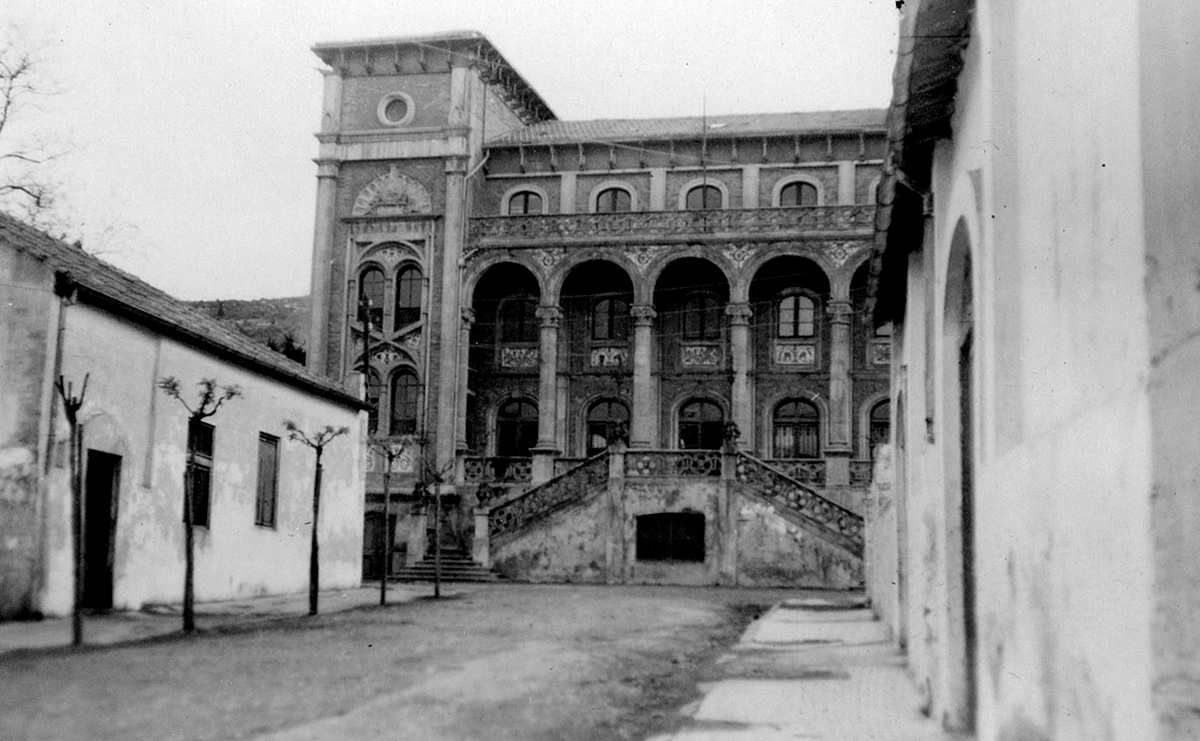Minas de Dícido Greenway Nature Trail
History of the Railway

(REDER KLEINGEBEIL, GUSTAVO)
In Castro Urdiales, three railways converged: two purely for mining —the Alén line and those serving the Dícido loading docks— and a third of mixed use (maily mining, but also passenger/freight), the Traslaviña line.
The mining railway from Castro Urdiales to Alén was conceived to transport iron ore from the Alén mines to a loading pier in the town’s harbour. This 18 km line had an unusual 0.75 m gauge and very steep gradients.
Opened in 1895, it even featured at its upper end several planos inclinados —steep ramp sections where wagons were hitched to steel cables and hauled up or lowered down— and even an aerial ropeway, sending buckets of ore gliding high above the valleys from post to post before tipping their load into waiting wagons. It was never a particularly profitable line, and the combination of heavy damage during the Civil War and the steep decline in mining activity sealed its fate, leading to closure soon after the conflict ended.
Meanwhile, the railway linking the harbour with Traslaviña station began in 1894 with the creation of the Ferrocarril de San Julián de Musques a Castro Urdiales y Traslaviña, intended as part of an unfulfilled coastal route between Santander and Bilbao. The line never reached San Julián, focusing instead on its connection at Traslaviña with the inland Ferrocarril de Santander a Bilbao. Opened in 1898, it was a mixed-use railway with two loading docks in Urdiales and a spectacular terminus in Castro Urdiales. Never a great financial success, it was taken over by the State in 1921, operated first by EFE and later by FEVE, before closing down in 1966. The elegant terminus station was demolished in 1974.
Two more small mining lines from the Setares and Dícido mines to the Dícido and Saltacaballo loading docks completed the picture. These were short, isolated lines with a 0.75 m gauge, which underwent countless changes in their brief history. First laid in 1885, they were gradually abandoned over the second half of the 20th century. Their most striking features were the spectacular loading docks suspended over the sea, along with the rest of their cargo facilities —of which only the Saltacaballo loader still survives today.

